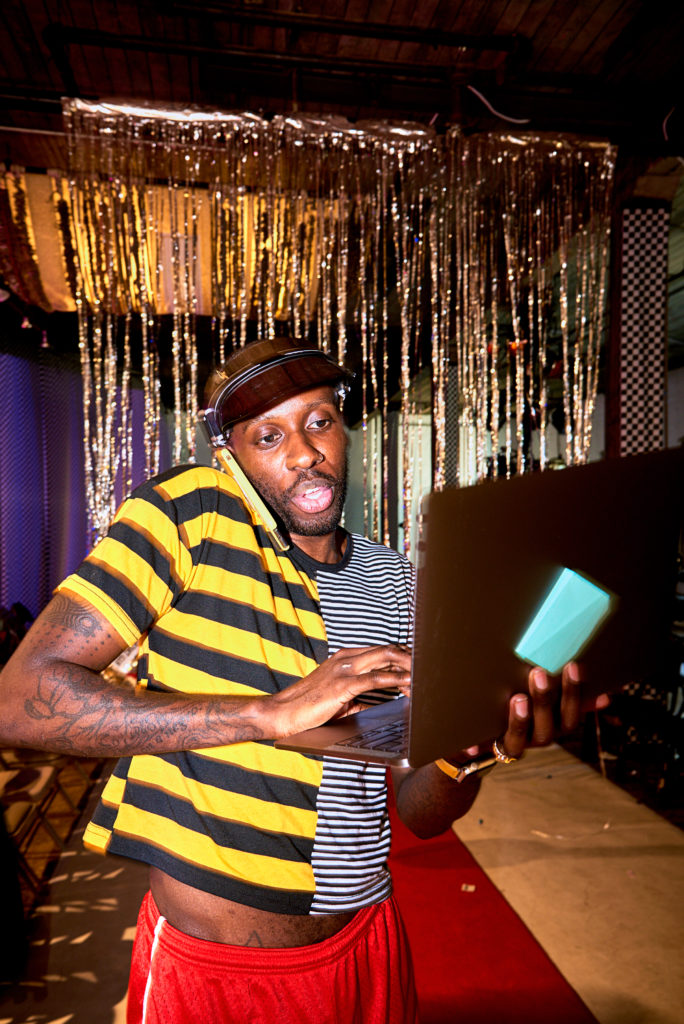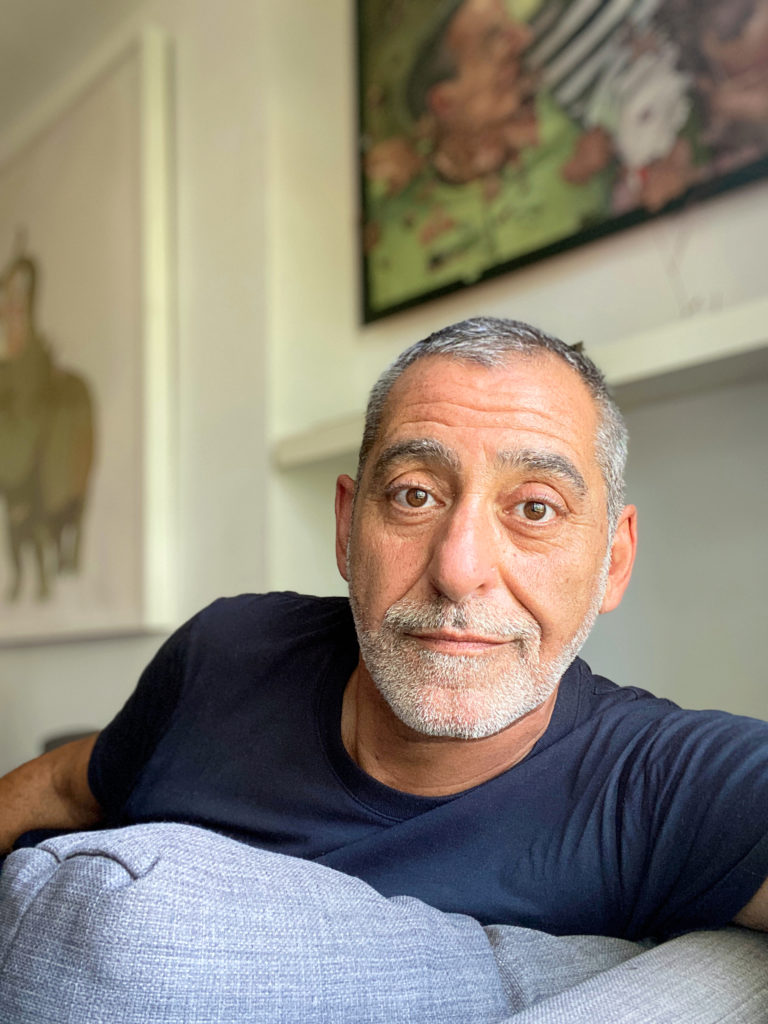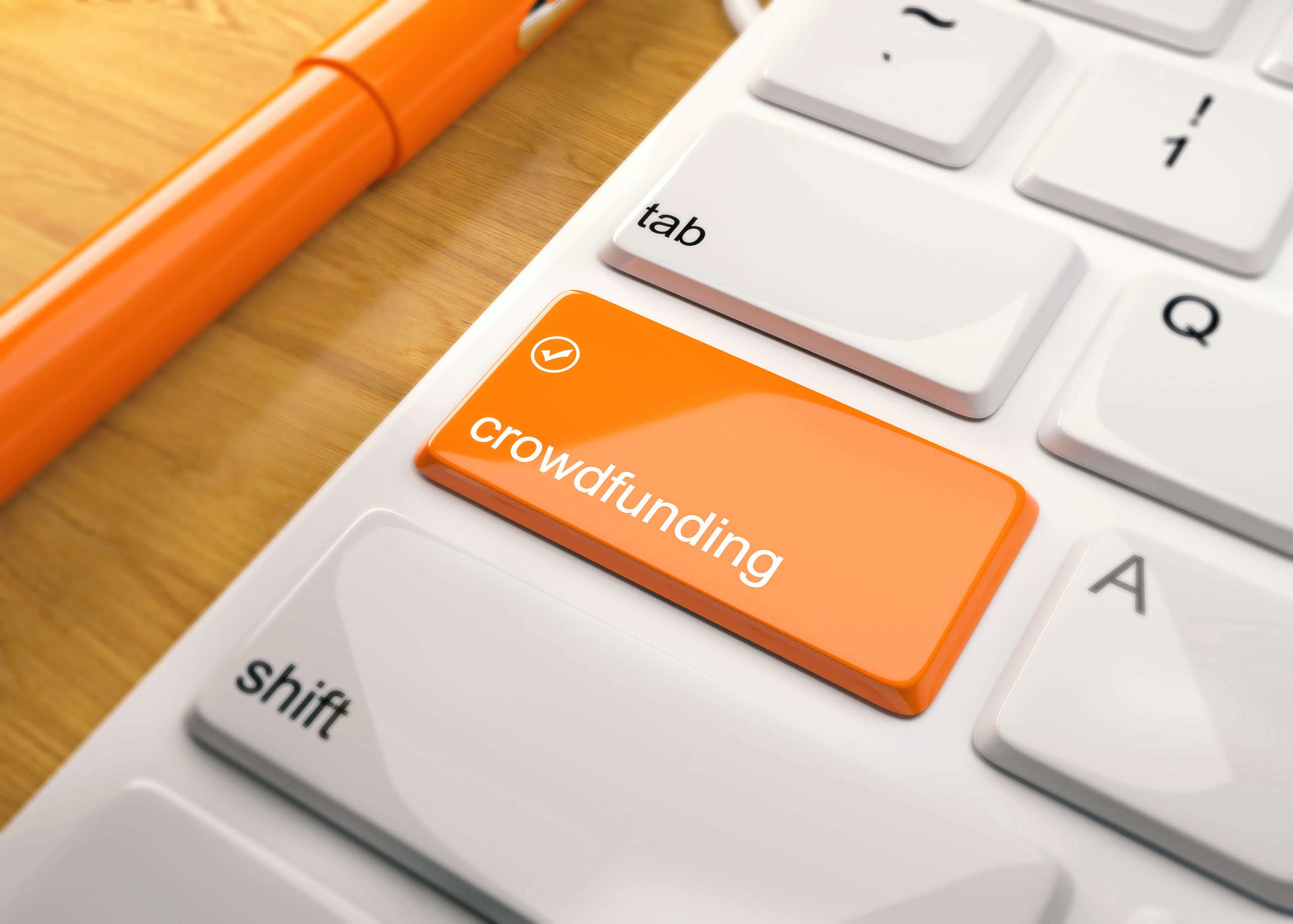Crush Your Campaign: 9 Steps to Make Crowdfunding Work For You
Asking for money is a trying but necessary part of the gig for most choreographers. Opting to crowdfund a project, using an online platform like Kickstarter, Indiegogo or GoFundMe to host your campaign, allows you to streamline the donation process and share your fundraiser widely. But it’s far from a completely passive experience, warns Lucien Zayan, director of The Invisible Dog Art Center in Brooklyn, New York. “The main mistake I see is people thinking the platform is going to raise money for them. That’s not the case,” he says. “The platform provides tools, but you still have to do the job.”
BEFORE Your Campaign Begins
Let your fundraising be an extension of your work.

In the same way that you wouldn’t let someone else tell you how to make your art, you should create a campaign with your own artistic values in mind, says Raja Feather Kelly, artistic director of the feath3r theory. “That’s what helps me not get bogged down in the business or the logistics or what you should or shouldn’t do,” he says. For both his company’s 2022 season and 2021 crowdfunded fundraiser, Kelly chose a theme that felt reflective of the feath3r theory’s current work trajectory, called “Season 12: The Ephemeral.”
“Nothing is promised, everything is fleeting—that’s our experience of last year,” he says. “Once that became our theme, we got excited, and the whole thing started to blossom.” Kelly’s videographer filmed him practicing for the campaign video, speaking to himself in the mirror, and used that footage for Kickstarter; campaign supporters earned rewards that granted them access to backstage and one-night-only company gatherings.
Plan everything.
“It’s the same as when you have a dance production—you create a schedule, and then you have much less stress the first day of rehearsal,” says Zayan. If you have a four-week crowdfunding campaign, for example, plot out how many social media posts and emails you’ll share each week—and compose those messages ahead of the campaign. “Of course,” he says, “things can happen in the middle of the campaign. But the more you prepare in advance, the more flexible and ready to react you will be.”
“The more you prepare in advance, the more flexible and ready to react you will be.”
Lucien Zayan
Set two goals.
Though he admits it sounds counterintuitive, Zayan recommends setting a smaller initial goal than what you actually hope to raise. Then, once you’ve reached it, you can set up a second, or stretch, goal. “That will give you another opportunity to communicate with your supporters: ‘We reached our goal, and now we’ve set up another one!’ ” Zayan sets his fundraising goal each year at $25,000, though he always intends to raise more—for his 2021 campaign, he raised $83,000.
Set a daily target.
Zayan suggests dividing the total amount of money you need to raise by the number of days the campaign lasts and then attempting to reach that figure each day. “That way, if I make my goal for the day, I know I can work on something else—I’m not waiting for the donations to come in,” he says.
DURING Your Campaign
Ask for every dollar.
“Crowdfunding is not a magic trick,” says Kelly, who has helmed several successful Kickstarter campaigns, including three 24-hour fundraisers held at the Kickstarter headquarters and broadcast live. “Every year, I make a list of everyone I know and how much I think they’ll donate. Then, I reach out to them.” It’s not enough to assume that potential donors will see your crowdfunding campaign and contribute of their own accord. “The Kickstarter is just a reminder,” says Kelly. “The real thing is the emails and text messages you send every day, asking, ‘Can you donate $5, $50, $100?’ ”
Be prepared for the “no.”
Kelly frankly admits that he expects most people to say “no” to his donation requests. “My mailing list is something like 11,782 people,” he points out. “If you look at my Kickstarter, 203 people donated, which means over 10,000 people didn’t.” Don’t let the fear of hearing “no” keep you from asking.
Tell stories.
“If your message is always the same—‘Help me reach my goal,’ ‘I need money’—that becomes boring,” says Zayan. “Tell stories—about your dancers, your life, about fundraising itself.” After following this advice for his most recent campaign, Kelly had many supporters reach out and thank him for sharing his personal stories. “They felt connected to the campaign in a way that was in contrast to the ‘Now-more-than-ever’ that we’re all tired of hearing,” he says.
Have a funding buddy.
Find a colleague who also fundraises and who you can talk to, suggests Kelly. “They’ll be someone to bounce ideas off of, someone to give you feedback during your campaign—‘What’s landing? What’s not?’—and you won’t feel like you’re losing your mind.”
AFTER Your Campaign Ends
Grow your community.
Let your campaign and eventual project’s fruition become an opportunity to expand your circle of supporters. Each person who went to see Kelly’s 2021 show received an envelope with a handwritten thank-you note, as well as an announcement about the company’s next campaign and an ask for a donation. Three days later, everyone got a follow-up email. Each year, Kelly also makes a list of people he doesn’t know but wants to be introduced to. “When you don’t ask people for money, your fundraising stays where it is,” he says.

Don’t Fixate on Donor Rewards
The perks that people receive for donating to a campaign often get too much attention, says Invisible Dog Art Center director Lucien Zayan. “The main reward is the work itself—artists tend to forget that,” he says. “Put that much more into the creation of the work you’re making, not the tote bag or the baseball cap—those things cost money to make and ship.” Let your campaign rewards instead be complimentary tickets or having a donor’s name listed on your program.




